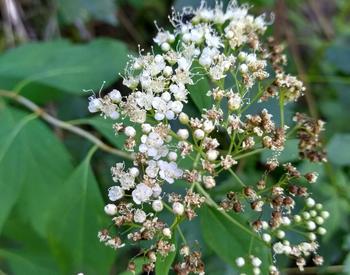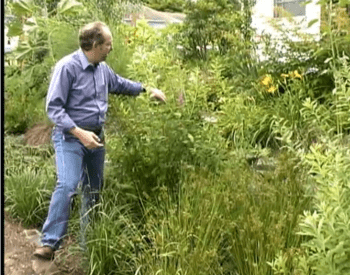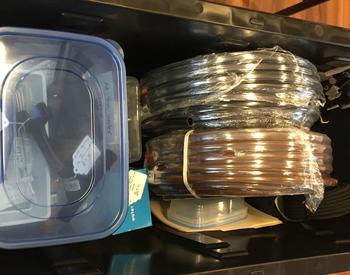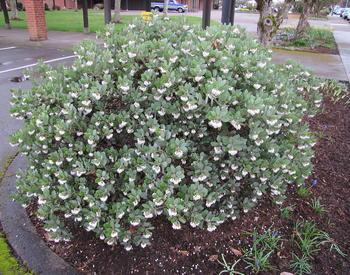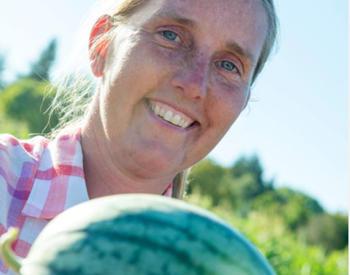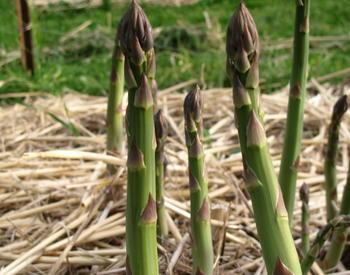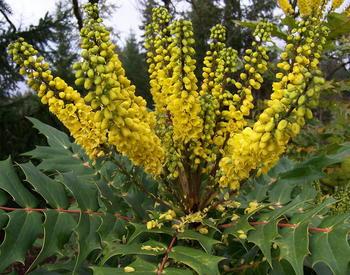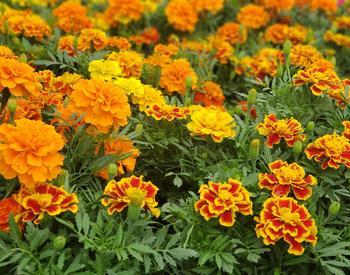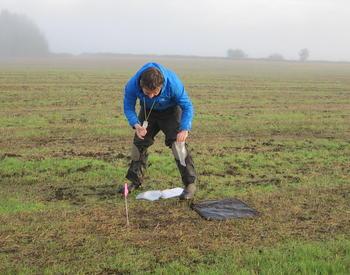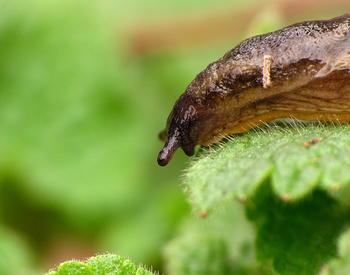For gardeners, January is a kind of second Christmas — mailboxes overflowing with seed catalogs and gardeners’ imaginations filled with visions of new varieties, bountiful flowers and tasty produce. There’s a long road between the fantasy gardens of January and the harvest of summer. That road starts with seeds.
Here are five things to consider when trying to narrow down the multitude of choices into selections that can reasonably fit into your yard, time and budget.
Choose varieties with shorter harvest windows
In the trade, it’s called “days to maturity” — the time between planting and harvest. Beans, for instance, might have days to maturity anywhere between 55 (bush green beans) and 110 (large limas). The shorter the days to maturity, the greater chance for success in an unpredictable and frost-prone environment like the Klamath Basin or much of Eastern Oregon.
Use days to maturity to cull some options from your menu.
You can manage some plant diseases via seed selection
Some diseases, especially those we call “soilborne,” can linger in the soil for many years. There are many disease-resistant varieties — rust-resistant beans, blight-resistant tomatoes — that we can use to manage disease while reducing fungicide use in the garden. Seed catalogs tend to be a great source of disease-resistance information. Often, charts in the catalog make disease resistance options easy to understand. Some plants (like lettuce) don't have many disease resistance options, while others (tomatoes) have lots for gardeners to work with when disease pressure is high. Conversely, seed can also carry some disease. Sometimes, inexpensive dollar-store seed can be less of a deal than expected- seed packets might not have any resistance information, and is unlikely to be certified disease-free.
The bigger packet is not always the better deal
Even under ideal storage conditions, seeds have a shelf life. Different types of seeds differ significantly in the time they remain viable (able to germinate). Parsley and onion, one year; beans, three years; lettuce, six years; weeds, 1,000 years.
Depending on the crop, buying more than you can plant in one or two years to save a few cents on seed packets may lead to more frustration in poor plant quality than is offset by savings.
Group seeds into “cool season” and “warm season” plantings
Seed germination is dependent, in part, on soil temperature. That’s soil, not air temperature.
Cool-season plants such as broccoli, lettuce, parsley and spinach, grow well in cool temps but germinate faster when soil temps are warm — one reason we start some seeds indoors. It’s easier to manage the warm soil temp indoors, then harden these plants off to withstand cooler outdoor temperatures.
Warm-season plants — tomatoes, peppers, beans and melons — need soil temperatures at least 55ºF to germinate and grow. Planting these into cold soil is sure to stunt them and reduce later yield. In areas like the Klamath Basin where the growing season is short, gardeners benefit from starting even warm-season plants indoors because of cool soils early in the growing season.
Seeds give you more choice
A good seed catalog or independent garden center will offer far more site-specific seed variety options than a national big-box store.
Looking for the perfect chartreuse zinnia to complement the blue salvia you got last year? Do you need sunflowers that will stay under three feet tall so they don’t block the view from your window? Seed catalogs have choices that fit these specific needs.
For vegetables and herbs, you’ll find varieties best suited to your own cooking style and needs. For vegetable transplants, most large stores will carry a few starts of the most common, inexpensive seed varieties. Starting your own seed opens up a whole new world of options.
That last consideration can be a bit of a conundrum. With all those choices, it can be very difficult to choose only what you can really manage in a growing season. Use the first four tips to narrow down the options, and use this bonus gleaned from produce growers, who have the same challenge of so many amazing plants to grow — limit new and experimental types to three to five per year, and stick with tested favorites for the rest.

